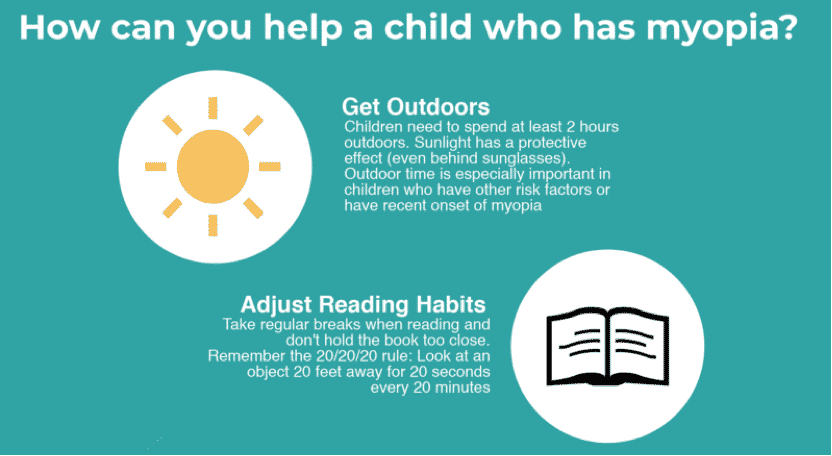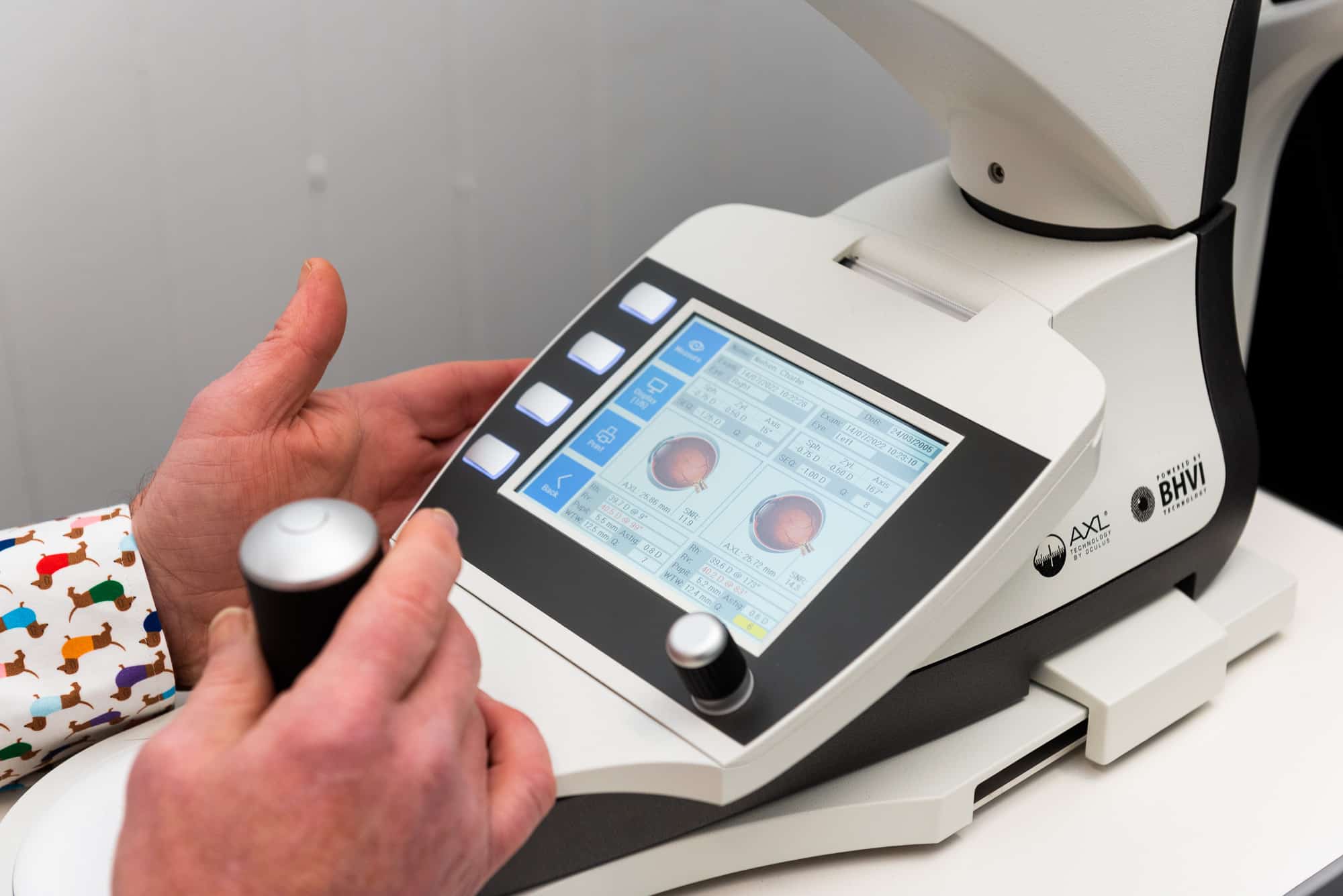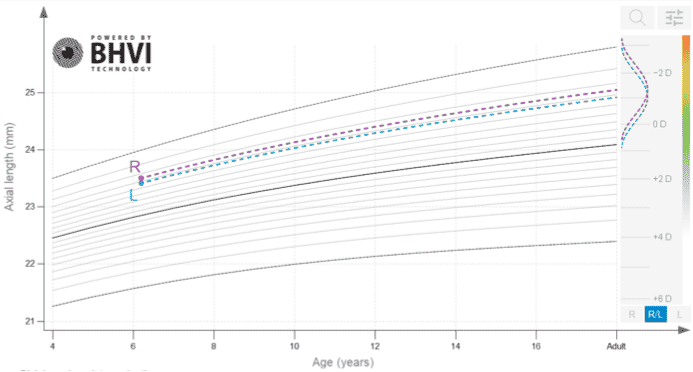Myopia Control (Short Sightedness)
Myopia control is the use of spectacle lenses, contact lenses or eye drops in an attempt to prevent the condition occurring or slowing it down. Myopia, or short sightedness, is on the increase worldwide. With increased educational demands and increased screen time, myopia is becoming an epidemic with 50% of the world’s population is predicted to be myopic by 2050.
The forecast is that 9 out of 10 children in Asia and 4 out of 10 children in Australia will be myopic by age 18. There is a useful tool for parents to help assess the risk of their children developing myopia, which can be found at www.mykidsvision.org.
The condition generally becomes worse over time. The traditional approach has been to keep making a patient’s prescriptions stronger. We approach myopia differently. By focusing on the causes and finding solutions to them, we aim to reduce the progress of myopia.
Some patients ask. “Why is reducing myopia important when I’m wearing glasses anyway?” The process of myopia involves the eye stretching. Stretched eyes do not age well. The efforts we make to reduce myopia now, pay off in later life. Retinopathy (damage to the retina of the eye),including retinal detachments is on the increase, and greatly reduces vision.
Whilst we do not have a cure, we have numerous strategies to reduce the progression of myopia. We aim to keep up with the latest research to deliver the best care to our patients. We can discuss a range of strategies to slow or delay myopia progression, including increasing time spent outdoors, limiting reading/screen time & taking regular breaks.

Figure 1: Showing environmental adjustments for myopia including for 2 hours of outdoor time per day and the 20-20-20 rule – every 20 minutes of reading or screen time, look 20 metres away, for 20 seconds. Credit:Mykidsvision.org
Once myopia begins, it is normal for it to progress and become worse. This is why we try to start treating it, before it begins, sometimes before the child is symptomatic. We look for clues as to who will be myopic in the future. For example, children of short sighted parents or people who read or use screens a lot. Early assessment and monitoring is important to catch the problem at the right time.
For a more thorough assessment of whether your child will become short sighted, our Optometrists perform a range of tests and measurements, including a scan of your child’s eye with the Myopia Master, this will quickly take a series of non-contact measurements of your child’s eyes and measures the eyeball length (axial length) and plots growth on a graph as shown below. This is an important tool in trying to detect and slow down myopia progression and determining when to treat, or change treatments. The axial length is plotted on a normative growth curve – predicting children’s future prescription, which is derived from the Brien Holden Vision Institute data, calculated from approximately 24,000 children (caucasian and asian database)

Myopia Master – Neilson Eyecare

Figure 2: Showing a 6 year old patient’s axial length plotted against normative growth curves/prediction.
There are a variety of methods used to help patients, of all ages. Including the use of soft and hard contact lenses, eye drops and specialty spectacle lenses such as the MiYOSMART lenses.
Myopia References
-
- https://www.medicaldaily.com/near-sightedness-epidemic-5-billion-people-will-be-diagnosed-myopia-2050-1-356380
- Vitale S, Ferris RD, et al. Increased prevalence of myopia in the United States between 1971-1972 and 1999-2004. Archives of Ophthamology. 2009.
- Dolgin, E. The Myopia Boom. Nature. 2015.
- Seo-Wei L, Young TL. An evidence-based update on myopia and interventions to retard its progression. J AAPOS. 2011 Apr; 15(2): 181–189.
- https://bhvi.org/myopia-calculator-resources/
- https://www.mykidsvision.org/blog/what-can-i-do-to-help-my-child-who-has-become-short-sighted/


